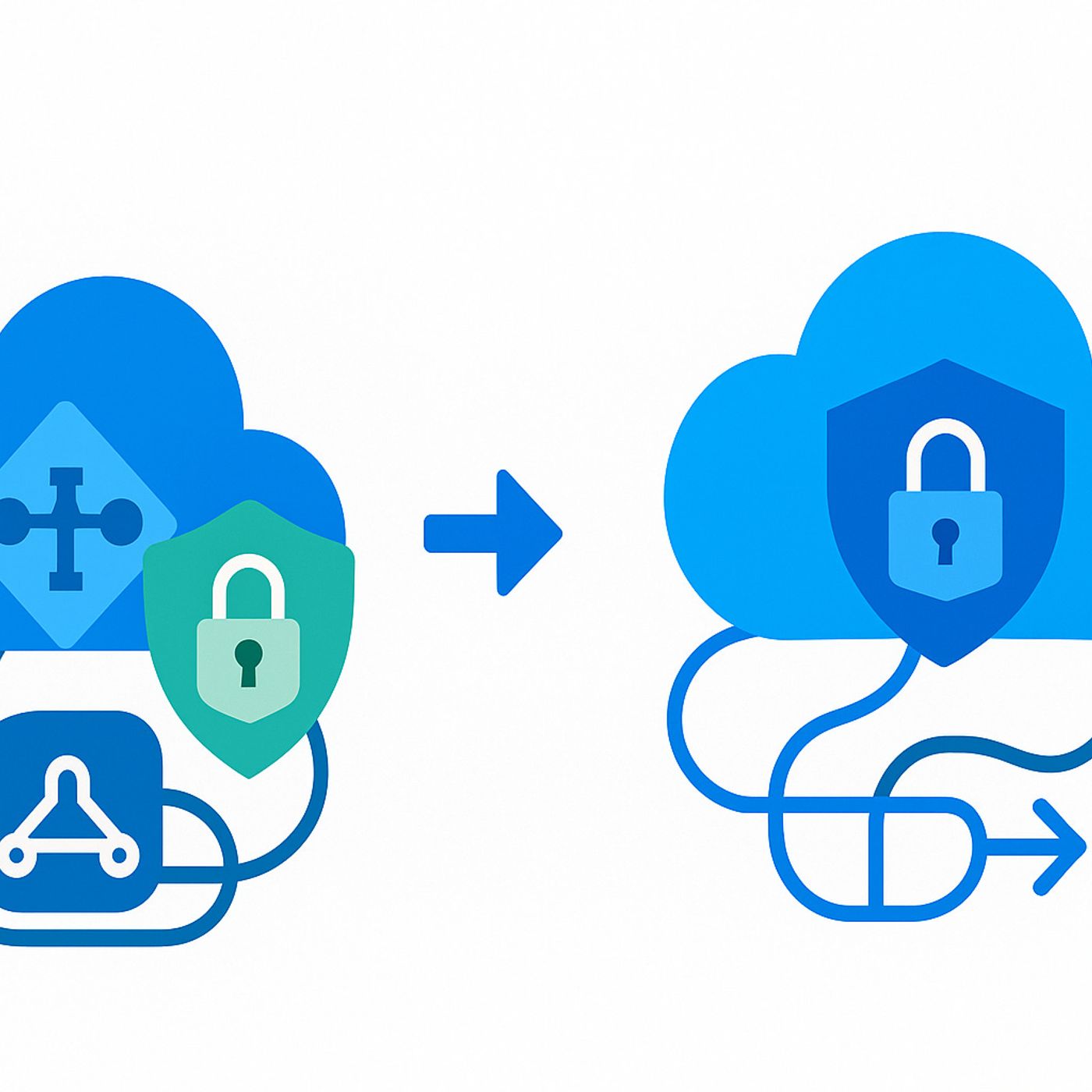Podcast Episode Details
Back to Podcast Episodes
Azure App Gateway Network Isolation: The Security Fix You Missed
Opening – The Hidden Security Hole You Didn’t Know You HadYou probably thought your Azure Application Gateway was safely tucked away inside a private network—no public exposure, perfectly secure. Incorrect. For years, even a so‑called private App Gateway couldn’t exist without a public IP address. That’s like insisting every vault has to keep a spare door open “for maintenance.” And the best part? Microsoft called this isolation.Here’s the paradox: the very component meant to enforce perimeter security required an open connection to the Internet to talk to—wait for it—Microsoft’s own control systems. Your App Gateway’s management channel shared the same path as every random HTTP request hitting your app.So why design a “security” feature that refuses to stay offline? Because architecture lagged behind ideology. But the new Network Isolation model finally nails it shut. The control plane now hides completely inside Azure’s backbone, and, yes, you can actually disable Internet access without breaking anything.Section 1 – The Flawed Premise: When “Private” Still Meant “Public”Let’s revisit the crime scene. Version two of Azure Application Gateway—what most enterprises use—was sold as modern, scalable, and “network‑integrated.” What Microsoft didn’t highlight was the uncomfortable roommate sharing your subnet: an invisible entity called Gateway Manager.Here’s the problem in simple terms. Every App Gateway instance handled two very different types of traffic: your users’ HTTPS requests (the data plane) and Azure’s own configuration traffic (the control plane). Both traveled through the same front door—the single public IP bound to your gateway.From a diagram perspective, it looked elegant. In practice, it was absurd. Corporate security teams deploying “private” applications discovered that if they wanted configuration updates, monitoring, or scaling, the gateway had to stay reachable from Azure’s management service—over the public Internet. Disable that access, and the entire platform sulked into inoperability.This design created three unavoidable sins. First, the mandatory public IP. Even internal-only apps—HR portals or intranet dashboards—had to expose an external endpoint. Second, the outbound Internet dependency. The gateway had to reach Azure’s control services, meaning you couldn’t apply a true outbound‑denying firewall rule. Third, forced Azure DNS usage. Because control communications required resolving Azure service domains, administrators were shackled to 168.63.129.16 like medieval serfs to the manor.And then there was the psychological toll. Imagine preaching Zero Trust while maintaining a “management exception” in your network rules allowing traffic from Gateway Manager’s mystery IP range. You couldn’t even vet or track these IPs—they were owned and rotated by Microsoft. Compliance auditors hated it; architects whispered nervously during review meetings.Naturally, admins rebelled with creative hacks. Some manipulated Network Security Groups to block outbound Internet except specific ports. Others diverted routes through jump hosts just to trick the control plane into thinking the Internet was reachable. A few even filed compliance exceptions annotated “temporary,” which of course translated to “permanent.”The irony was hard to ignore. “Private” in Microsoft’s vocabulary meant “potentially less public.” It was the kind of privacy akin to whispering through a megaphone. The gateway technically sat in your VNET, surrounded by NSGs and rules, yet still phoned home through the Internet whenever it pleased.Eventually—and mercifully—Microsoft noticed the contradiction. After years of strained justifications, they performed the architectural equivalent of couples therapy: separating the network roles of management and user traffic. That divorce is where things start getting beautiful.Section 2 – The Architectural Breakup: Control Plane vs. Data PlaneThink of the change as Azure’s most amicable divorce. The control plane and d
Published on 4 hours ago